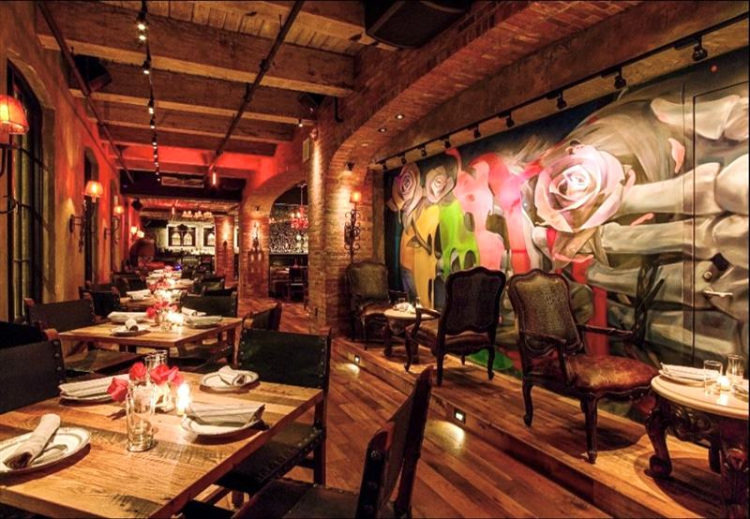
As the urgency of reducing greenhouse gas emissions grows, Variable Refrigerant Flow (VRF) heat pumps offer a streamlined heating and cooling solution for commercial buildings, with zero on-site emissions and high-efficiency performance. VRF is a heat pump technology that is widely applicable to both new construction and a variety of challenging building retrofit projects. In a new series of case studies, MassCEC describes the use of VRF heat pumps to retrofit a stylish Boston restaurant, an historic Lowell mill building converted to offices, a mixed-use bookstore/event space, and a small Town Office building tucked away in the Berkshires. The retrofit projects featured in these case studies are a small subset of the 107 VRF projects MassCEC supported over the course of our two-year, $6 million pilot program, which concluded in 2019. Most of the projects entailed full electrification of heating, so that fossil fuels are no longer needed in the buildings.
VRF heat pumps operate on the same principle as an air conditioner or refrigerator: they move heat energy from one place to another. VRF systems do not burn fossil fuels. They run on electricity but are much more efficient than old-fashioned electric resistance baseboards. VRF heat pumps build on the technology familiar to some as “mini-split” or ducted air source heat pumps, though with greater heating and cooling capacity, features, and sophistication. These modern, customizable systems can significantly reduce a building’s carbon footprint while providing excellent occupant comfort, zoning, and controllability through all four seasons, including New England winters.
As this series of case studies demonstrates, VRF systems can be designed to meet a wide range of objectives. For example, the More Than Words bookstore needed a heating and air conditioning system that could adjust to wide swings in occupancy, provide quiet operation during events, and keep operating costs down. Wannalancit Mills needed a system that was adaptable to an historic structure and could make use of existing ductwork. Lolita Cocina Restaurant wanted a highly efficient system that was compatible with its unique aesthetic and zoning needs. And the Town of Windsor, MA wanted to reduce the carbon footprint of its Town Office while providing year-round comfort to employees and visitors. VRF systems provided the multi-objective solutions in all these retrofit applications.
Figuring out how to get our existing buildings to kick the fossil-fuel habit is no small task, and one where VRF can play a big role. These case studies are examples of where VRF heat pumps have delivered superior solutions with no on-site emissions.